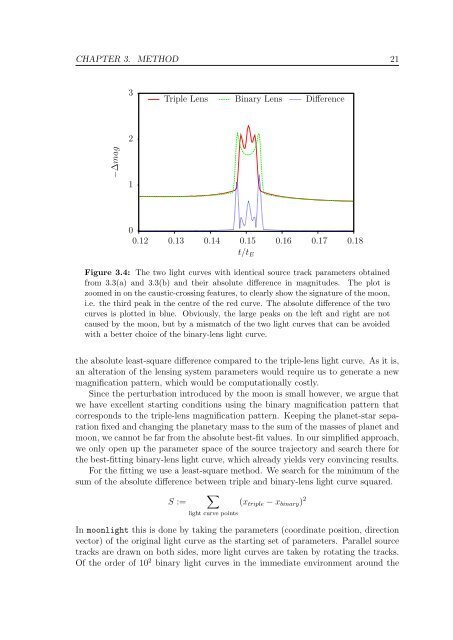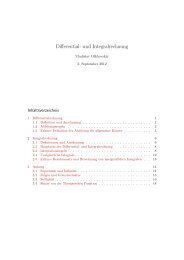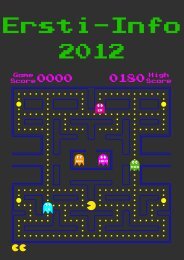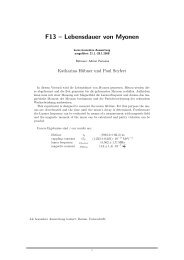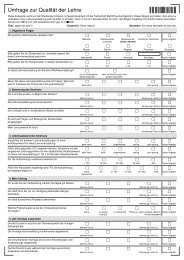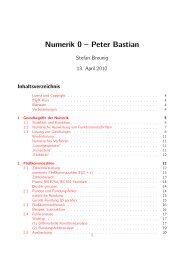Extrasolar Moons as Gravitational Microlenses Christine Liebig
Extrasolar Moons as Gravitational Microlenses Christine Liebig
Extrasolar Moons as Gravitational Microlenses Christine Liebig
You also want an ePaper? Increase the reach of your titles
YUMPU automatically turns print PDFs into web optimized ePapers that Google loves.
CHAPTER 3. METHOD 21<br />
−∆mag<br />
3<br />
2<br />
1<br />
Triple Lens Binary Lens Difference<br />
0<br />
0.12 0.13 0.14 0.15 0.16 0.17 0.18<br />
t/tE<br />
Figure 3.4: The two light curves with identical source track parameters obtained<br />
from 3.3(a) and 3.3(b) and their absolute difference in magnitudes. The plot is<br />
zoomed in on the caustic-crossing features, to clearly show the signature of the moon,<br />
i.e. the third peak in the centre of the red curve. The absolute difference of the two<br />
curves is plotted in blue. Obviously, the large peaks on the left and right are not<br />
caused by the moon, but by a mismatch of the two light curves that can be avoided<br />
with a better choice of the binary-lens light curve.<br />
the absolute le<strong>as</strong>t-square difference compared to the triple-lens light curve. As it is,<br />
an alteration of the lensing system parameters would require us to generate a new<br />
magnification pattern, which would be computationally costly.<br />
Since the perturbation introduced by the moon is small however, we argue that<br />
we have excellent starting conditions using the binary magnification pattern that<br />
corresponds to the triple-lens magnification pattern. Keeping the planet-star separation<br />
fixed and changing the planetary m<strong>as</strong>s to the sum of the m<strong>as</strong>ses of planet and<br />
moon, we cannot be far from the absolute best-fit values. In our simplified approach,<br />
we only open up the parameter space of the source trajectory and search there for<br />
the best-fitting binary-lens light curve, which already yields very convincing results.<br />
For the fitting we use a le<strong>as</strong>t-square method. We search for the minimum of the<br />
sum of the absolute difference between triple and binary-lens light curve squared.<br />
S :=<br />
<br />
(xtriple − xbinary) 2<br />
light curve points<br />
In moonlight this is done by taking the parameters (coordinate position, direction<br />
vector) of the original light curve <strong>as</strong> the starting set of parameters. Parallel source<br />
tracks are drawn on both sides, more light curves are taken by rotating the tracks.<br />
Of the order of 10 2 binary light curves in the immediate environment around the


